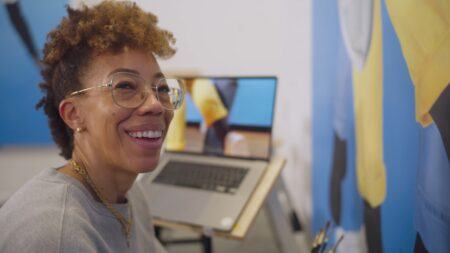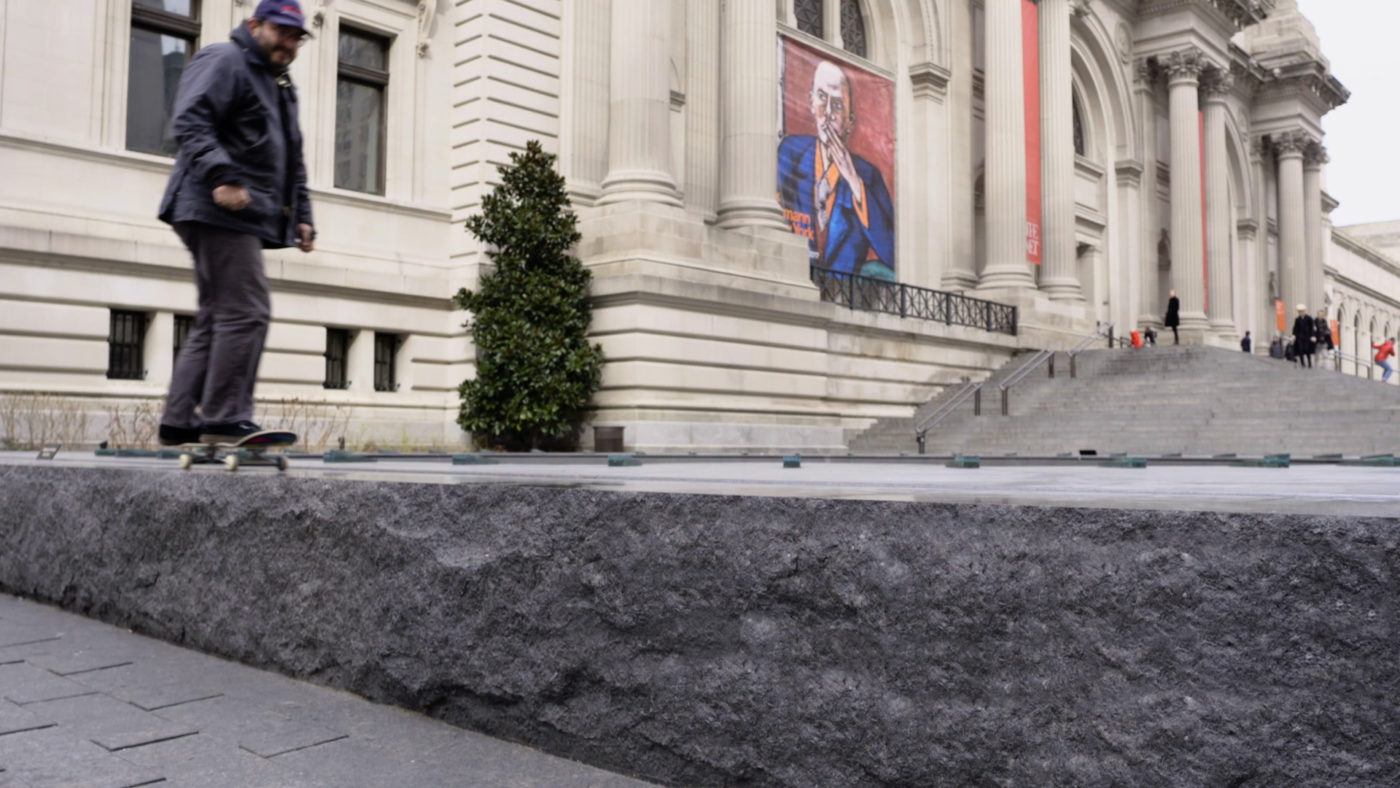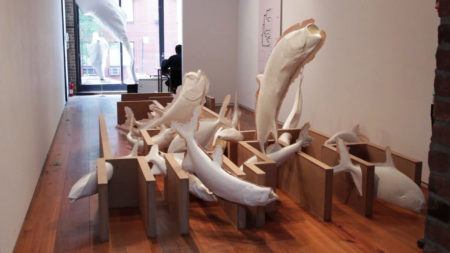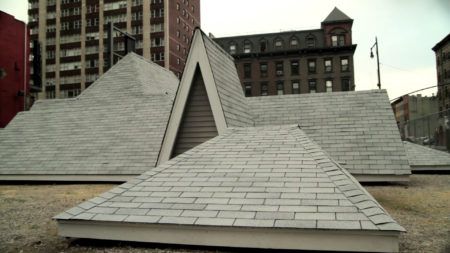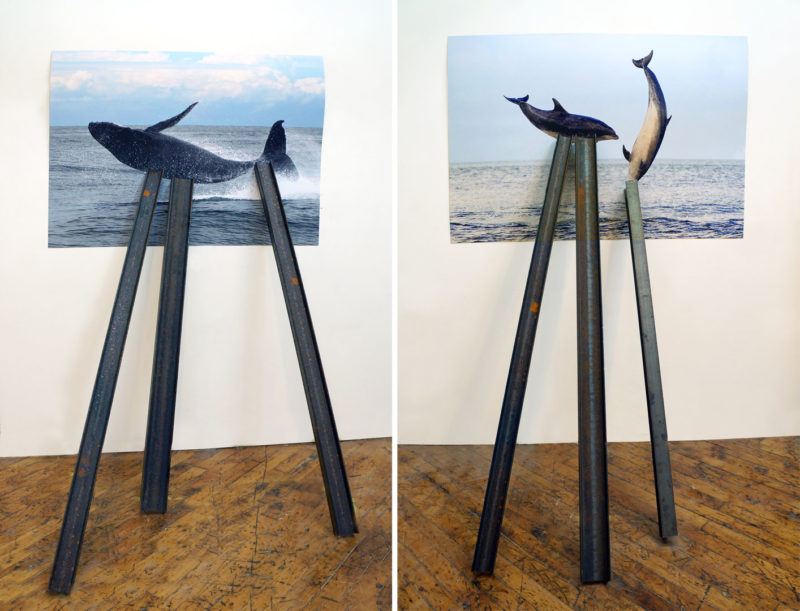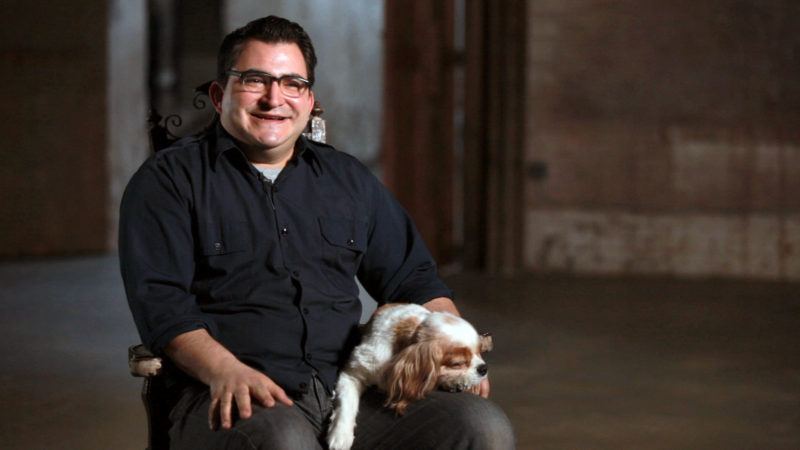David Brooks
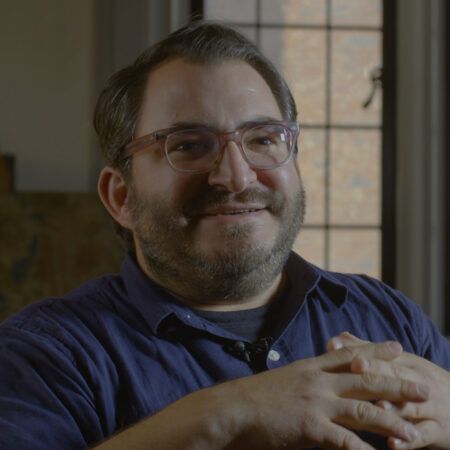
David Brooks was born in 1975 in Brazil, Indiana, and lives and works in New York. Brooks’ work is driven by his interest in the ways in which humans interact with natural and built environments. His work transforms and deconstructs these environments—in 2013 he buried a tractor in the hillside of Storm King Art Center to create A Proverbial Machine in the Garden, and in 2016 he disassembled a combine harvester at the Aldrich Contemporary Art Museum in Continuous Service Altered Daily.
Working as a volunteer with biologists in the Amazon basin, the artist draws parallels between the scientific process and an artistic desire to understand the world. His projects often bring natural elements into an art context, such as his 2010 Preserved Forest site-specific installation, for which he pumped twenty tons of concrete over twenty-foot-tall trees placed in a gallery at MoMA PS1 to make a physical representation of deforestation and resource extraction. At Art Basel in 2014, Brooks’ project Lonely Loricariidae brought five living fish from the Amazon to the exhibition—all of which were species unknown to science. These armored catfish were displayed like spectators, in tanks on stadium bleachers.
Links:
Artist’s website
